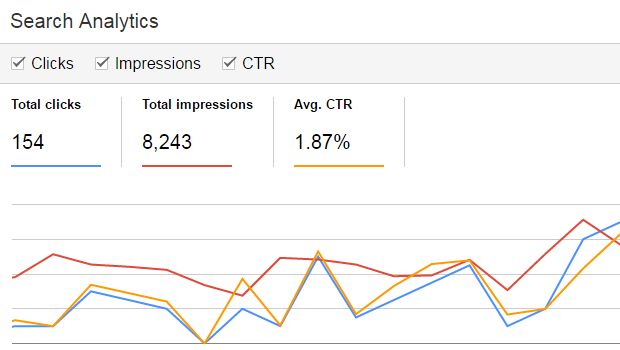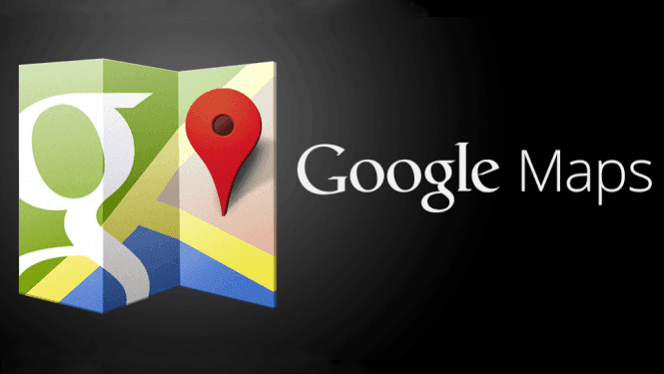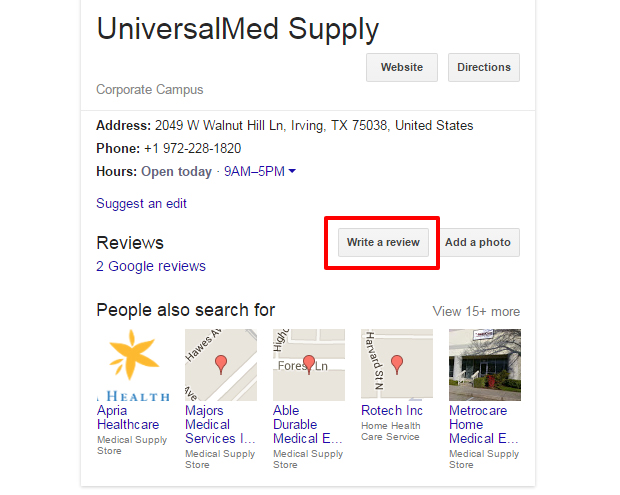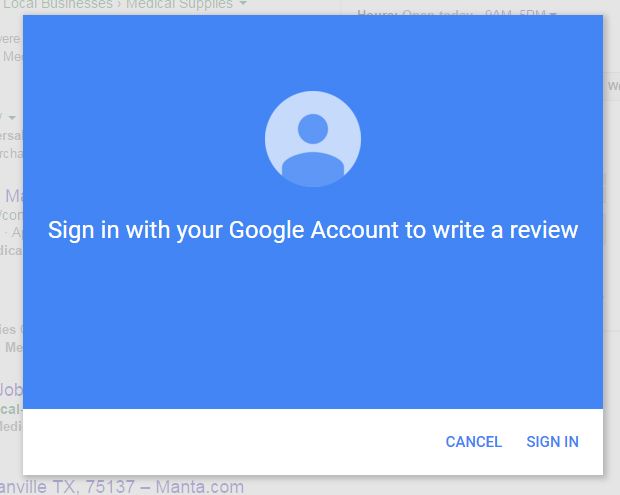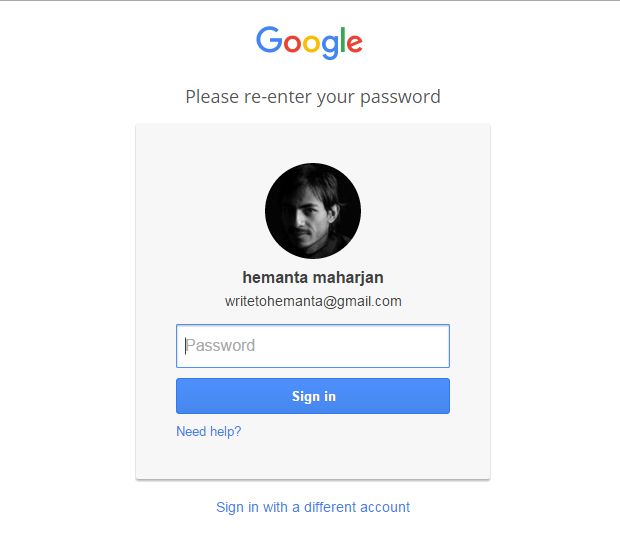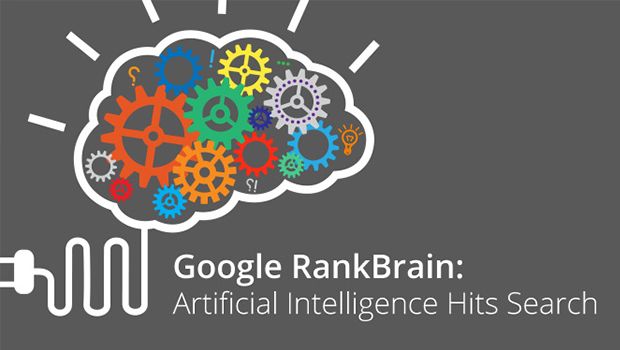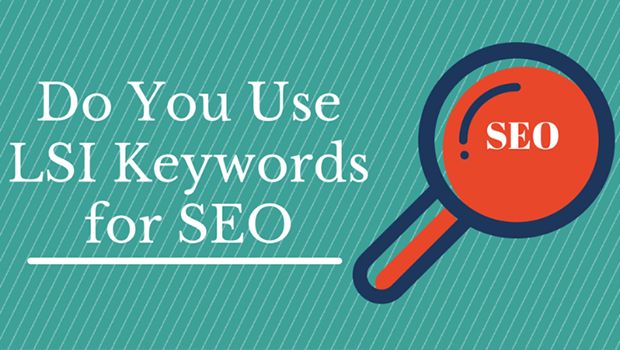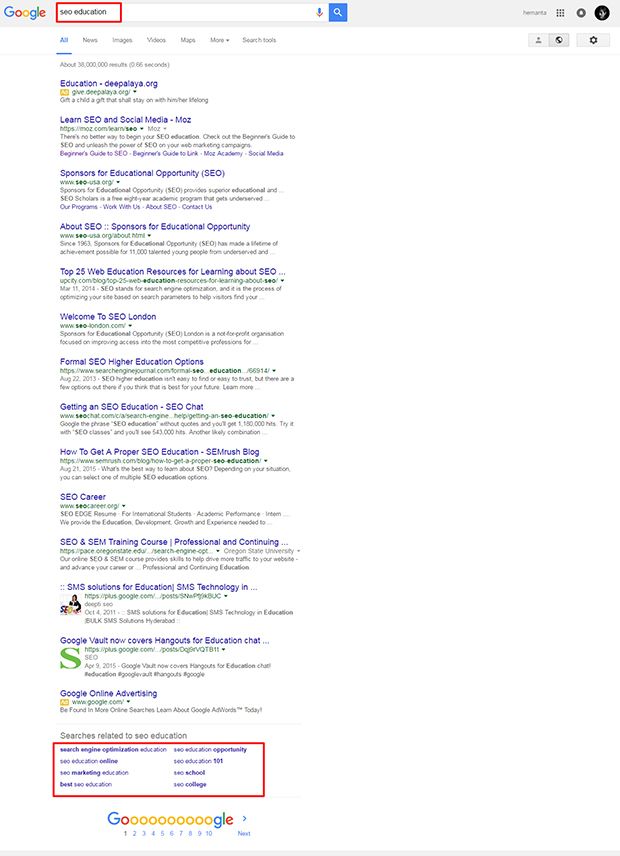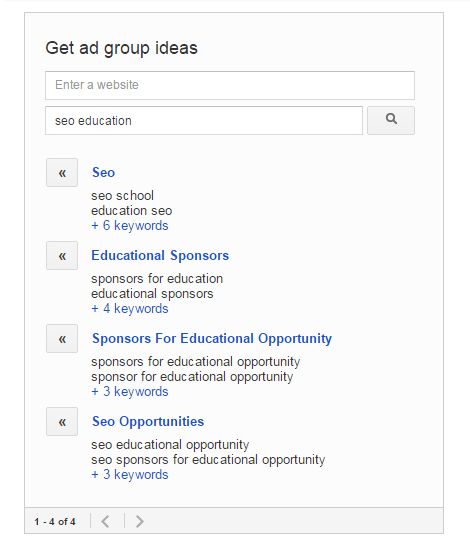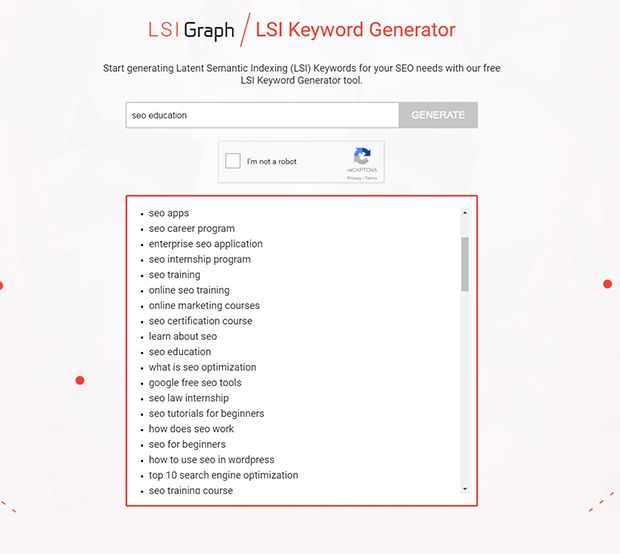The sandbox effect also known as aging delay in search engine optimization, is a hypothetical belief in SEO market that Google has a filter that places all new website under restriction for a certain amount of time to limit them from ranking their keywords in search results.
The main idea behind google sandbox is that google takes some time to consider all the technical aspects of the website, relevancy, consistency and search engine ranking signals to consider for ranking. When the Google is sure of all the aspects of ranking signals, then it will acknowledge the respective keywords for ranking.
Officially google didn’t confirm or deny the existence of the sandbox effect or amount of time it processed. However, as the behaviors of keywords in search analytics, the sandbox effect can be noticed for keywords in terms of ranking.
A reverse sandbox effect is also claimed to exist where new pages with unique content and keywords with less competition can rank in google in early phases. Can happen when the content is viral to reach to a large audience, more interaction and other user metrics that google consider for ranking.
As being a SEO practitioner since 2009, I would like to go for natural methodologies of SEO process for keyword ranking in google. Despite , considering unofficial google sandbox effect seriously, I would like to suggest to keep focus on your site for online reputation, growing traffic from various sources, relevant content development, maintain relationship with your users, optimizing for user metrics, using white hat techniques for ranking and working consistently with your SEO tasks considering all search engine guidelines and google updates so far.
If you are planning to grow your online business organically and naturally in a search engine and looking to identify more scope from your current website status, feel free to write to me at writetohemanta@gmail.com for free SEO audit report and consultation session. I would love to have an opportunity to discuss with you about your project.


